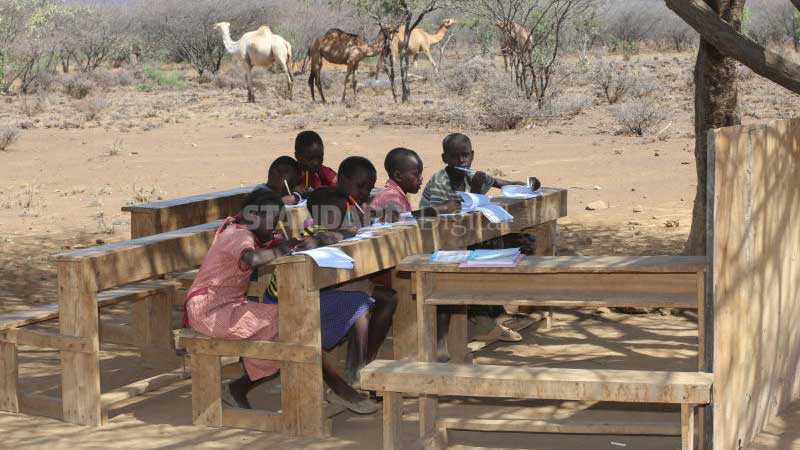×
The Standard e-Paper
Join Thousands of Readers

In Kilifi County, 26 per cent of schools are privately run, and so are 36 per cent in Garissa County, according to the Kenya Open Data.
In the health sector, the proportion of clinics outside the State system averages 41 per cent, with 63 per cent of clinics in Kilifi being privately run.